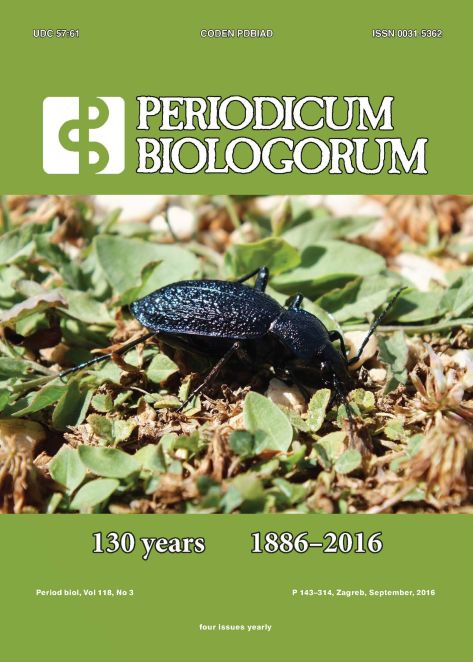Conventional and non-inversion tillage systems as a factor causing changes in ground beetle (Col. Carabidae) assemblages in oilseed rape (Brassica napus) fields
Abstract
Background and purpose: Carabid beetles are among the most important elements of the natural environment’s resistance in arable fields. In this paper, the influence of different soil tillage systems on carabid beetle assemblages in oilseed rape plantations was studied.
Materials and methods: The experiment was conducted in northeastern Poland. Six fields with oilseed rape cultivated under both conventional and non-inversion tillage systems were chosen. Barber traps were used to capture beetles.
Results and conclusions: In total 9,968 individuals belonging to 56 species were collected. Significant differences in the abundance and species richness of ground beetles in two systems of soil tillage were observed. The abundance and species richness were significantly higher in the non-inversion tillage system. Analysis of the life history traits of carabids also revealed statistically significant differences in the seasonal occurrence of carabids related to the type of soil cultivation used.
Downloads
Additional Files
- UntitledConventional and non-inversion tillage systems as a factor causing changes in ground beetles (Col. Carabidae) assemblages in rapeseed (Brassica napus) fields
- Conventional and non-inversion tillage systems as a factor causing changes in ground beetles (Col. Carabidae) assemblages in rapeseed (Brassica napus) fields
- Conventional and non-inversion tillage systems as a factor causing changes in ground beetles (Col. Carabidae) assemblages in rapeseed (Brassica napus) fields
Published
Issue
Section
License
The contents of PERIODICUM BIOLOGORUM may be reproduced without permission provided that credit is given to the journal. It is the author’s responsibility to obtain permission to reproduce illustrations, tables, etc. from other publications.


